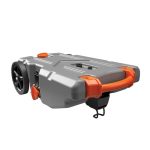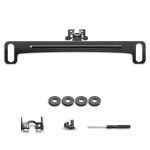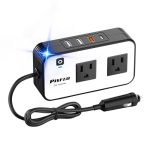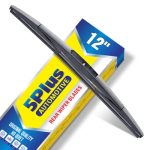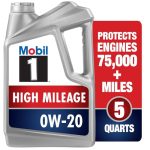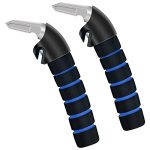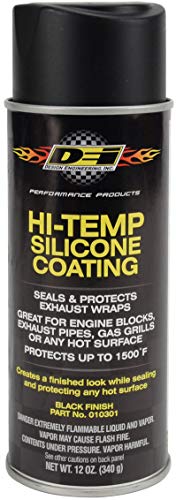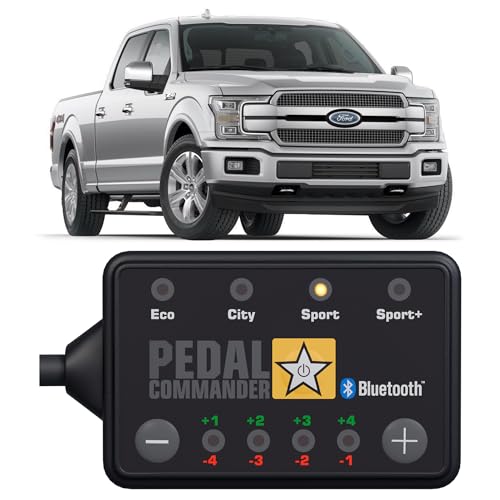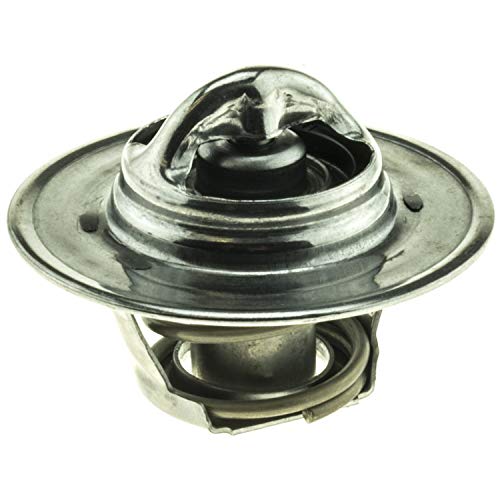NGK Spark Plug Stock # 2015: A Review and Buying Guide
Spark plugs are essential components of any gasoline engine. They create the spark that ignites the air-fuel mixture in the combustion chamber, resulting in power and performance. However, not all spark plugs are created equal. Different types of spark plugs have different features, benefits, and applications. Choosing the right spark plug for your engine can make a significant difference in its efficiency, durability, and reliability.
In this article, we will review one of the best spark plugs on the market today: the NGK Spark Plug Stock # 2015. We will also compare it with some of its competitors and provide you with some useful tips on how to choose and install spark plugs for your vehicle.

What is the NGK Spark Plug Stock # 2015?
The NGK Spark Plug Stock # 2015 is a standard spark plug that features a copper core and a nickel alloy electrode. It is designed to provide excellent performance and durability for a wide range of engines. The NGK Spark Plug Stock # 2015 has a heat range of 2, which means it is suitable for most normal driving conditions. It also has a resistor that reduces radio frequency interference (RFI) and electromagnetic interference (EMI) that can affect the engine’s electronic components.
The NGK Spark Plug Stock # 2015 has a part number of BPR2ES and a stock number of 2015. It is compatible with many vehicles, such as Honda, Kawasaki, Subaru, Toyota, and more. You can check the compatibility of this spark plug with your vehicle by using the part finder tool on the NGK website or by consulting your owner’s manual.
What are the features and benefits of the NGK Spark Plug Stock # 2015?

The NGK Spark Plug Stock # 2015 offers several features and benefits that make it a great choice for your engine. Some of them are:
– It has a copper core that provides excellent heat conductivity and thermal performance. Copper is one of the best materials for spark plugs because it can quickly transfer heat from the firing end to the cylinder head, preventing overheating and pre-ignition.
– It has a nickel alloy electrode that provides good wear resistance and durability. Nickel is a hard metal that can withstand high temperatures and pressures without eroding or corroding. It also forms a protective oxide layer that prevents fouling and carbon buildup.
– It has a trivalent metal plating that provides superior anti-corrosion and anti-seizing properties. The plating consists of three layers of metals: zinc, nickel, and chromium. These metals form a strong bond with the base metal and create a smooth surface that reduces friction and prevents sticking.
– It has a corrugated ribs design that prevents flashover. Flashover is a phenomenon where the spark jumps from the electrode to the metal shell instead of across the gap, causing misfires and poor performance. The corrugated ribs create an insulating air gap between the electrode and the shell, preventing flashover.
– It has a triple gasket seal that eliminates combustion gas leakage. The gasket seal consists of three layers of metal washers that create a tight seal between the spark plug and the cylinder head, preventing gas leakage that can reduce compression and power.
How does the NGK Spark Plug Stock # 2015 compare with other spark plugs?
The NGK Spark Plug Stock # 2015 is one of the best standard spark plugs on the market, but it is not the only option available. There are other types of spark plugs that have different features, benefits, and applications. Some of them are:
| Type | Features | Benefits | Applications |
|---|---|---|---|
| Copper | Copper core and nickel alloy electrode | Excellent heat conductivity and thermal performance; good wear resistance and durability; low cost | Low-performance engines; small engines; classic cars |
| Platinum | Platinum tip on the center electrode; copper core | Better wear resistance and durability than copper; longer service life; improved fuel efficiency | High-performance engines; modern cars; turbocharged or supercharged engines |
| Iridium | Iridium tip on the center electrode; copper core | Superior wear resistance and durability than platinum; longest service life; enhanced ignition performance; reduced emissions | High-performance engines; modern cars; turbocharged or supercharged engines |
| Double Platinum | Platinum tip on both center and ground electrodes; copper core | Similar to platinum but with double the durability; reduced gap erosion; consistent performance | High-performance engines; modern cars; turbocharged or supercharged engines |
| Double Iridium | Iridium tip on both center and ground electrodes; copper core | Similar to iridium but with double the durability; reduced gap erosion; consistent performance | High-performance engines; modern cars; turbocharged or supercharged engines |
As you can see from the table above, the NGK Spark Plug Stock # 2015 is a copper spark plug that offers excellent heat conductivity and thermal performance, good wear resistance and durability, and low cost. However, it may not be the best choice for high-performance engines, modern cars, or turbocharged or supercharged engines. For these applications, you may want to consider platinum, iridium, double platinum, or double iridium spark plugs that offer better wear resistance and durability, longer service life, improved fuel efficiency, enhanced ignition performance, and reduced emissions.

What are some of the customer reviews of the NGK Spark Plug Stock # 2015?
The NGK Spark Plug Stock # 2015 has received many positive customer reviews on Amazon. Here are some of the representative ones:
– “I bought these for my 2006 Honda CR-V. They were easy to install and fit perfectly. The car runs smoother and quieter now. I noticed a slight improvement in gas mileage as well. I would recommend these spark plugs to anyone looking for a quality product at a reasonable price.”
– “These spark plugs are great for my Kawasaki Mule 4010. They are the exact replacement for the original ones. They arrived quickly and in good condition. They were easy to install and made a noticeable difference in the performance of my Mule. I am very satisfied with this purchase.”
– “I replaced the old spark plugs in my 2003 Subaru Outback with these NGK ones. They were a perfect fit and very easy to install. The car runs much better now, with more power and smoother acceleration. I also noticed a slight increase in fuel economy. These are great spark plugs for Subaru engines.”
How to choose and install spark plugs for your vehicle?
Choosing and installing spark plugs for your vehicle is not a difficult task, but it requires some basic knowledge and tools. Here are some tips on how to do it:

– To choose the right spark plug for your vehicle, you need to know the make, model, year, engine size, and type of your vehicle. You can find this information on your owner’s manual, registration document, or VIN plate.
– You also need to know the recommended spark plug part number, stock number, heat range, gap size, and torque specification for your vehicle. You can find this information on your owner’s manual, service manual, or online databases such as NGK’s part finder tool.
– You can use the recommended spark plug part number or stock number to cross-reference with other brands of spark plugs that are compatible with your vehicle. You can use online databases such as Spark Plug Cross Reference or Denso’s Cross Reference to do this.
– You can also compare different types of spark plugs based on their features, benefits, and applications. You can use online guides such as Hella’s Spark Plugs Application & Cross Reference Guide or CNET’s Best Spark Plugs for 2022 to do this.
– To install spark plugs for your vehicle, you need some basic tools such as a ratchet wrench, a spark plug socket, a gap gauge, a torque wrench, and an anti-seize compound.
– You need to follow some safety precautions before installing spark plugs for your vehicle. You need to make sure that the engine is cold or cool enough to touch, that the ignition is turned off and the key is removed from the ignition switch, that you wear gloves and eye protection, and that you work in a well-ventilated area.
– You need to follow some general steps to install spark plugs for your vehicle. You need to remove the old spark plugs one by one by disconnecting the spark plug wire or coil pack from the spark plug boot, loosening the spark plug with the ratchet wrench and socket, and pulling out the spark plug from the cylinder head.
– You need to inspect the old spark plugs for signs of wear, damage, fouling, or pre-ignition. You can use online guides such as NGK’s Spark Plug Basics or RepairSmith’s 5 Benefits Of Changing Spark Plugs to do this.
– You need to prepare the new spark plugs for installation by checking their condition and packaging, verifying their part number and stock number, measuring their gap size with the gap gauge and adjusting it if necessary according to the manufacturer’s specification, applying a thin layer of anti-seize compound on the threads of the spark plug (except for plated ones), and avoiding touching the electrode tip or ceramic insulator.
– You need to install the new spark plugs one by one by inserting them into the cylinder head by hand until they are finger-tightened, tightening them with the torque wrench and socket according to the manufacturer’s specification (do not over-tighten or under-tighten them), reconnecting the spark plug wire or coil pack to the spark plug boot until it clicks into place (.
Link direct:
Click to Buy!
